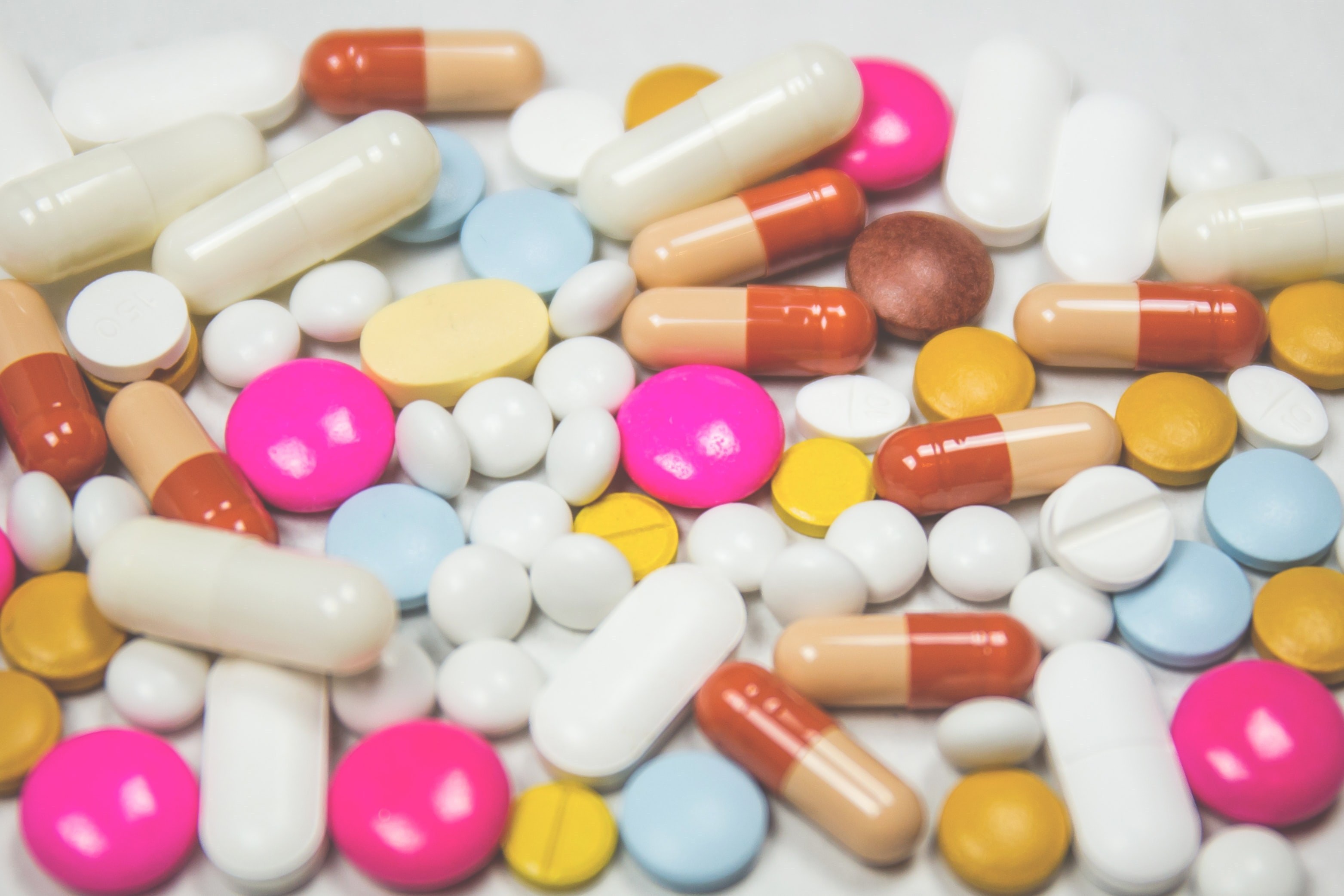Painkillers
Others names: Morphine, Diamorphine, Codeine, Lean, Syrup

The most common types of painkillers sold ‘illicitly’ (without a prescription) and used as recreational drugs are opiates. These are medicines with effects similar to opium (which heroin is made from) and are available in a wide range of forms and colours.
Appearance
Small white tablets or sometimes a syrup. Lean, a codeine-based drink, is usually purple.
Effects
For those who use illicit painkillers, the desired feelings are often relaxation, happiness and sleepiness. Negative effects can include confusion, nausea, itchiness and constipation.
How it's taken
Swallowed or drank
Risks
• If you choose to use painkillers (recreationally) then do so in a safe environment and in the company of someone you trust. Ideally, this person will not have used the substance themselves and will be in a position to get help if things go wrong.
• They can lower blood pressure and cause abnormal breathing.
• There could be side effects from another drug if the painkiller is part of a combined medicine, such as co-codamol. These include: kidney and liver problems, indigestion or bleeding from the stomach.
• There is increased danger if mixed with other drugs that suppress breathing – such as alcohol, benzodiazepines like diazepam (Valium), or other opioid drugs.
Keeping Safe
• If you choose to use a painkiller (recreationally), use it in a safe environment and in the company of someone you trust. Ideally, this person will not have used the substance themselves and will be in a position to get help if things go wrong.
• Take small amounts first to test strength and effects; start low and go slow.
• Be mindful of the strength of the drug you are taking.
• Do not drive while under the influence of painkillers.
• Remember that mixing painkillers with alcohol is extremely risky and will increase the effects of both. It will also greatly increase the likelihood of a memory black-out.